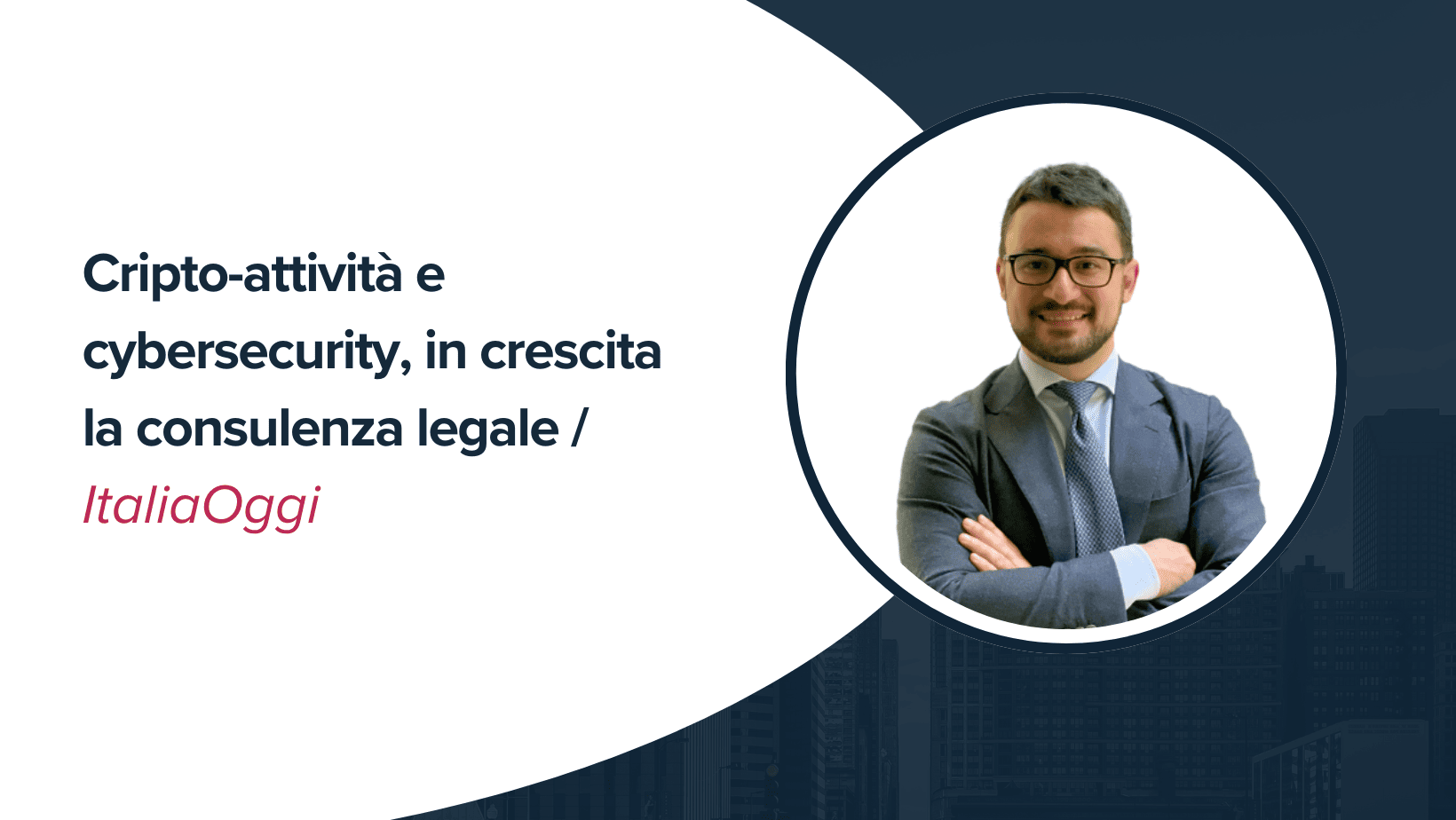– Article by Giulietta Minucci
- Metaverse: a preliminary definition
- The technologies behind the metaverse: the Web 3.0
- What opportunities does the metaverse offer to companies?
- What are the challenges for companies?
Metaverse: a preliminary definition
The term “metaverse” dates back to 1992 when Neal Stephenson created his science fiction novel “Snow Crash“. The literary work imagined an Internet interaction in which virtual avatars could connect through virtual reality environments and 3-D buildings.
Second Life reports a virtual and online world created in 2003 by Linden Lab, which proposes (and proposed) a place where digital avatars can explore different environments, be players in a game, do shopping in stores, and live a real second digital life.
The metaverse can identify itself as the successor to the Internet or ”the next version of the Internet”. In the attempt to delineate it, some authors including Matthew Ball define the metaverse as a network made by collaborative and immersive virtual worlds where an unlimited number of users can create and use avatars to interact, work, shop, and participate in different activities.
From a client-based perspective, the metaverse is represented as an exploratory journey, made up of visions through and thanks to technologies: virtual reality, wireless, smartphones, augmented reality, AI, eye tracking, wearable devices, etc.
The technologies behind the metaverse: the Web 3.0
A disruptive evolution in technologies enabled the early development of the metaverse. It comes from a combination of sufficiently powerful processors, wearable technology (such as augmented reality glasses), motion sensors and eye tracking, which allowed users to “live” within an online and digital universe.
Web 3.0 represents connectivity in a seamless universe, where the user can live a virtual life in the same way he or she lives a physical one. This can happen through the combination of multiple technologies. Namely:
- decentralization of data: the users, interacting with each other, directly control the data, and protect their privacy through the use of an open network. It is abstractly uncensored by a central body (in sharp contrast with centralized realities such as social networks like Facebook, and Instagram);
- non-fungible-token (“NFTs”): digital certificates based on blockchain technology designed to uniquely, irreplaceably, and non-repeatably identify the ownership of a digital product. They are suitable for transporting assets from the physical/real world into an (a)physical and digital world;
- cryptocurrencies: defined by the Bank of Italy, as “digital representations of value“. In other words, digital currencies that are decentralized or not subject to issuance, guarantee, or control by central banks or public authorities. They are used as a medium of exchange or held for investment purposes.
Speaking about the metaverse implicitly means speaking of blockchain. The blockchain is a set of technologies that enable the maintenance of a distributed ledger of data (so-called “Distributed Ledger“), structured as a chain of blocks containing transactions that are recorded in a distributed manner across multiple nodes to ensure cybersecurity and system resilience-as well as related cryptocurrencies and NFTs.
What opportunities does the metaverse offert to companies?
According to Prof. Maria Carmela Ostillio,the metaverse requires:
- persistence: operating without end and without the possibility of being paused or being turned off,
- real-time synchronicity: an experience that exists for everyone in real-time, even though, in turn, it may contain specific events with a start and end time,
- limitlessness in the number of participants-competitors: anyone at any time could enter and stay at will,
- functionality: a world in which individuals and companies may be able to create, own, invest, sell and earn,
- inclusiveness, integration and experiential hybrid: involving the digital and physical worlds, public and private networks, open and closed platforms,
- interoperability-integration of data, digital objects shared among all hosted experiences,
- potential as a platform for content and experiences: it is created and managed by a wide range of individuals and companies.
With these characteristics, the metaverse presents itself as an opportunity for businesses and creators of virtual worlds. It is capable of anticipating the needs of customers and prospects, in an increasingly multi-channel dynamic. Therefore, the metaverse can be identified as an additional channel for communication, dissemination, diffusion, trade, and sale of one’s products and services.
What are the challenges for companies?
Entering the Metaverse for a company means first and foremost protection. To take part in this technological revolution, it is necessary to adequately prepare for the digital transformation of one’s business, embracing new technologies and extending the promotion and diffusion of brands also through Web 3.0 and the metaverse.
The goal of a corporation that does not want to chase after technologies and competitors must be to create and extend its corporate identity in a multichannel vision, which also incorporates metaverse and Web 3.0 and can embrace the needs of each consumer/prospect.
Product and corporate brand protection
While the transition from a physical reality to an (a)physical reality (such as the virtual reality of a metaverse) represents an opportunity for companies to expand and grow their market, it also requires greater attention to the protection of the products sold, the services provided, and the related brand.
As is well known, a trademark allows the owner to exclusively use the distinctive sign and prevent third parties from unauthorized use in the territory where registration has been applied for.
Consequently, bringing down trademark protection to Web 3.0 and the metaverse, it appears that it is necessary to assess the corporate’s assets related to the trademark. To take advantage of the new technologies that the metaverse brings with it (digital assets, NFT, augmented reality, …), it is necessary to verify that registered trademarks also enjoy protections concerning the business in the metaverse.
It will be required to understand whether:
- the Goods Classes of the Nice Classification for which a trademark has been registered need to be extended to include those Classes of goods inherent in the virtual world. Consider, for example, Classes 9 (computer software), 35 (advertising), 36 (financial, monetary, banking services) and 41 (entertainment, sports, and cultural activities), and 42 (design and development of computers and computer programs).
- Extend trademark protection–considering the territorial nature of protection–to additional territories. The unlawful use of the mark made in a virtual reality/ in the Metaverse is not always referable to a specific territory/ territory where the mark enjoys protection.
In this direction, the European Union Intellectual Property Office (“EUIPO“) has recently published some guidance on the approach the European office wants to take on the registration of trademarks, distinguishing digital assets (and their certificates-NFTs) in the metaverse. EUIPO focuses on Class 9, arguing that “virtual goods fall under Class 9 because they are treated as digital content or images. However, lacking clarity and precision, the term virtual products must be further specified by clarifying the content to which said virtual products refer (e.g., downloadable virtual products, or virtual clothing).” In its guidance, the EUIPO also adds that “the term non-fungible tokens is not acceptable: the type of digital element that NFTs authenticate should be specified.”
With this in mind, the 12th edition of the Nice Classification will include, in Class 9, the term “downloadable digital files authenticated by non-fungible tokens”.
In addition, we recommend active monitoring of the use of one’s trademarks by third parties by conducting checks in major metaverse platforms and NFT marketplaces. Consequently, given the growing phenomenon of counterfeiting in the metaverse, it is suggested to implement an active surveillance service in the metaverse and possibly proceed with notice-and-take-down activities.
Management of personal data
The protection of personal data sees no exemptions in the metaverse and indeed the relationship between physical reality and (a)physical reality adds complexity to data collection and use. Attention to users’ personal data is crucial, especially in a multi-channel dynamic where physical devices that allow access to the metaverse (microphones, cameras, cardiac monitors, eye tracking…) collect data.
To process and use the data collected in the metaverse, corporate entities will need to inform the user about the processing of their personal data and update consent and usability preferences.
It is recommended to assess the privacy documentation already in place to:
- update the privacy notices to users,
- prepare notices within which the user is alerted about the processing carried out, any profiling conducted by the data controller on the user, and, where applicable, the use of artificial intelligence in compliance with Article 22 of the GDPR.
In addition, it will be necessary to understand the need for a Data Protection Impact Assessment, in compliance with the principle of accountability. The assessment determines any risks to the rights and freedoms of data subjects, to be balanced, if necessary, with the legitimate interest of the data controller to carry out processing without consent.
Finally, a corporate entity will have to consider how to manage the rights of data subjects (access, rectification, deletion, restriction of processing, opposition) also from a privacy-by-design perspective.
In this direction, the Agencia Espanola Protection Datos (“AEPD“) published a paper on privacy and metaverse, where it provides initial indications regarding the activities to be put in place to meet the principles outlined in the GDPR, including:
- mechanisms to minimize data collected from wearable devices in the metaverse,
- audit and transparency in automated decision-making systems.
Review of contractual arrangements and/or preparation of ad hoc contracts
The use of blockchain technology, fungible and non-fungible tokens, and technologies using augmented reality, virtual reality, or artificial intelligence, could result in the need to revise existing contractual arrangements to expand the protections of corporate reality concerning new technologies as well.
Blockchain technologies, with their implicit features, as well as the creation of NFTs containing – for example – the creative work of the designer or stylist, might not have a clear representation in the contracts used by the company and uncover the side of disputes, and disputes up to real litigation.
Therefore, it is desirable to analyze on a case-by-case basis and consider to review contracts with clients, user-consumers, suppliers and/or collaborators.




